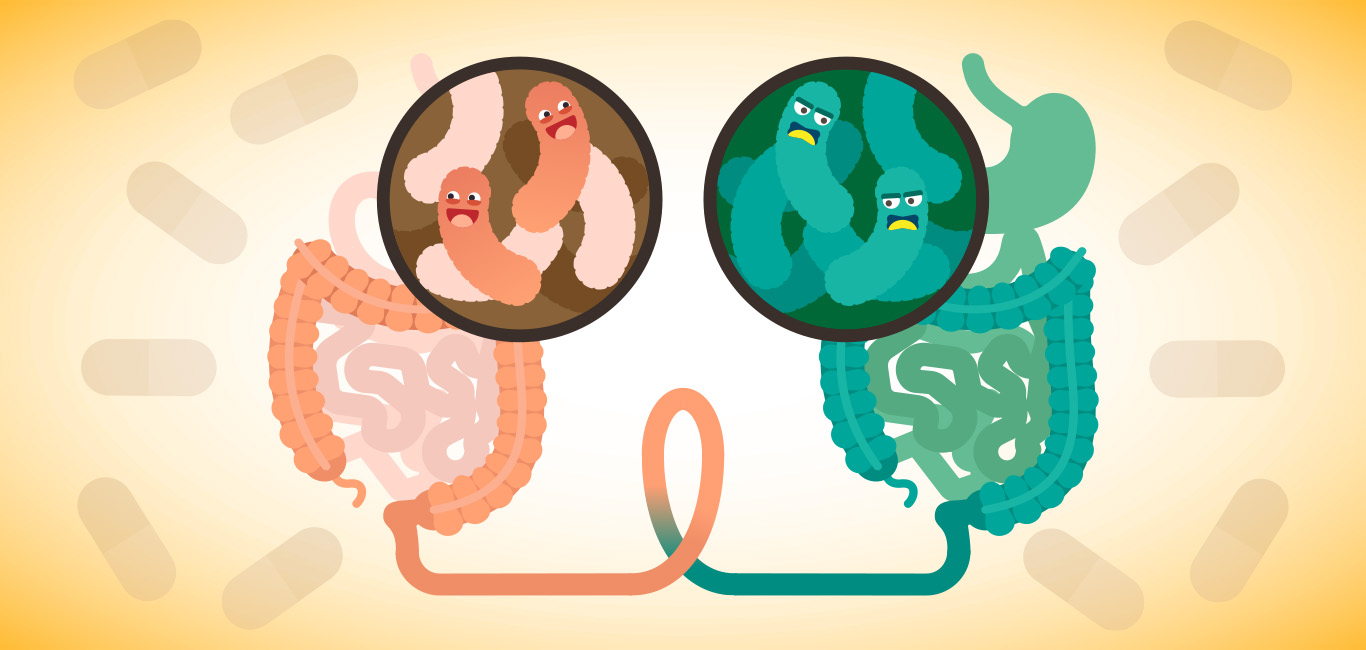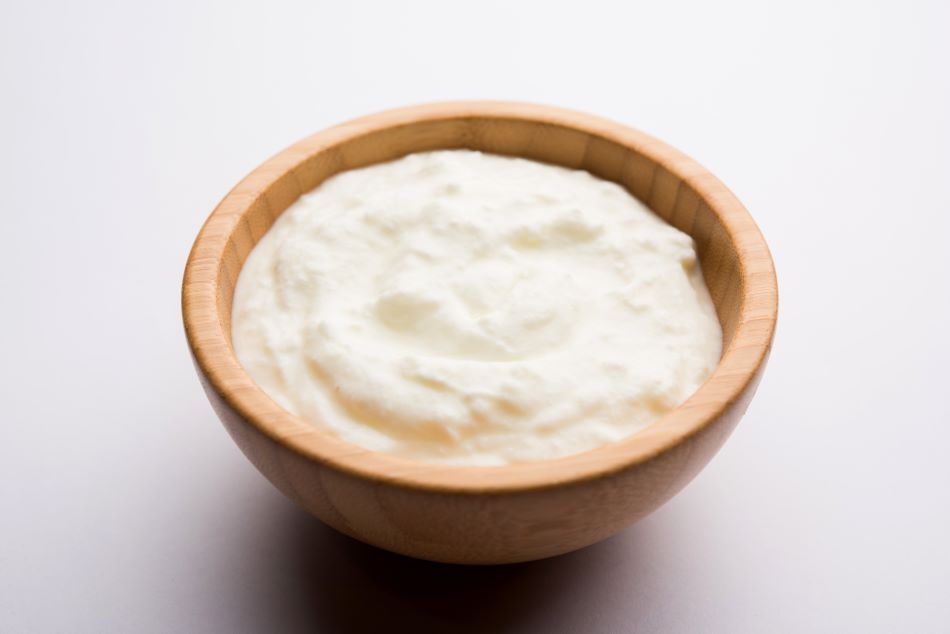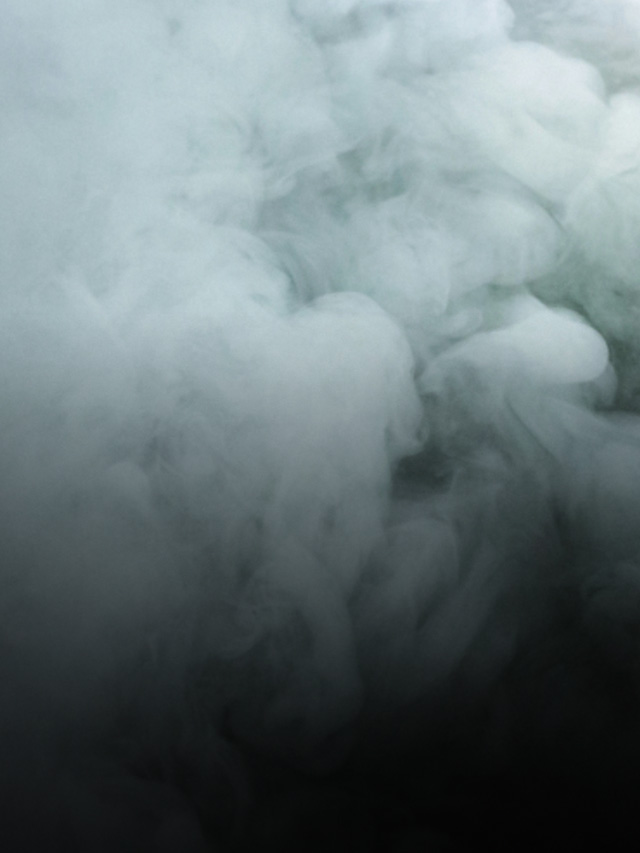
Equipping bacteria to survive the harsh environments of our guts is like equipping a soldier for battle. Besides a protective vest, soldiers need weapons to achieve their objectives.
For helpful gut bacteria, this means giving them a suite of protection against stomach acid, and a set of tools for treating Inflammatory Bowel Disease (IBD). To this end, researchers at the University of Wisconsin–Madison School of Pharmacy coated gut-friendly bacteria with protective layers and a “nanoparticle backpack.”
The research could improve the treatment of conditions like Inflammatory Bowel Disease (IBD), which has proven tricky to treat as its exact cause is unknown. However, since it has been linked with imbalances in the gut microbiome, researchers are looking at this mode for therapies.
“IBD is a complicated disease, and you need to attack it at different angles,” Quanyin Hu, a biomedical engineer and professor at the UW–Madison School of Pharmacy, said in a statement.
The loadout includes a dual-layer protection system made of tannic acid and a polymer (L100).
The sticky acid helps the bacteria linger onto intestinal linings, while the polymer protects it from stomach acid. The L100 polymer dissolves at lower pH levels, allowing the bacteria to survive the journey from the stomach to the lower intestine.
While the protective polymer was patented in 2021, a new addition has now been trialled in mice: the nanoparticle backpack.
The specialised nanoparticles can neutralise molecules linked with IBD. These molecules, called reactive oxygen species (ROS), are normal by-products of aerobic metabolism. However, when overproduced, they can lead to inflammation, amplifying and exacerbating inflammatory disorders, especially in the gastrointestinal tract and along the intestinal lining.
The nanoparticle backpacks, part sulfide and part hyaluronic acid, are “powerfully anti-inflammatory”. These target the ROS. Dubbed “ROS-scavenging nanoparticles” (HPN), they “substantially enhanced” the prophylactic (preventative) and therapeutic efficacy of the probiotic treatment.
In trials on mice, the probiotic bacteria Escherichia coli Nissle 1917 proved better at relieving IBD symptoms than bacteria without the additional gear.
The results were based on changes in weight and colon length – common side-effects of IBD that are seen in humans as well. Mice that got the full treatment lost the least weight and experienced far less colon shortening than other mice.
An interesting aspect of this new technique is that it simplifies IBD treatment options. While present therapies can include multiple drugs and sometimes even the partial or complete removal of the colon, this spells the way for a simple pill-as-solution.
Making the treatment possible in pill form is what necessitates the protective layer. But the addition of the “backpack” allows for more targeted treatment (allowing deposition in the intestine rather than the stomach for example).
“This platform not only has the ability to prolong the retention time of probiotics in the intestine for enhanced bacteriotherapy, but it can also specifically deliver and slow-release (“ROS-scavenging nanoparticles) in the intestine for improved ROS-scavenging capabilities,” the authors state in their paper, published in Science Advances.
The researchers add that it can also be applied at any stage of the disease.
“That’s the most exciting part of this research for me,” says Hu. “We didn’t want to target a specific IBD stage. We wanted to select the most important factors that contribute to curing or treating the disease at whatever stage.”
Much more research is needed before it can be applied to humans, however. The next step is to test the backpack and protective layer on other probiotic bacteria species. In addition, monitoring for “unwelcome side effects” is also needed.

















